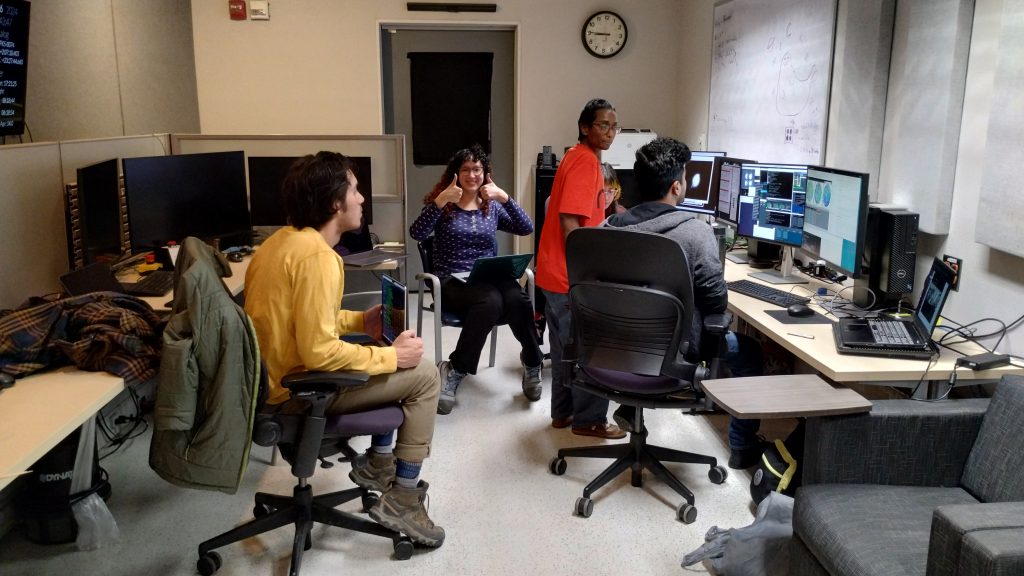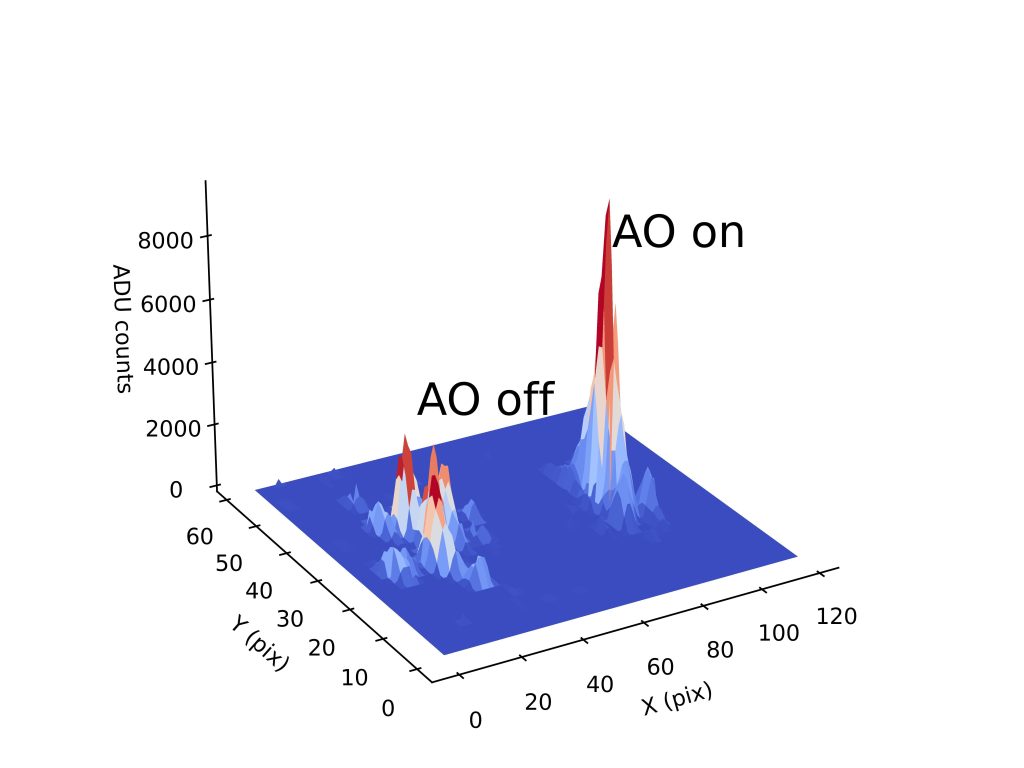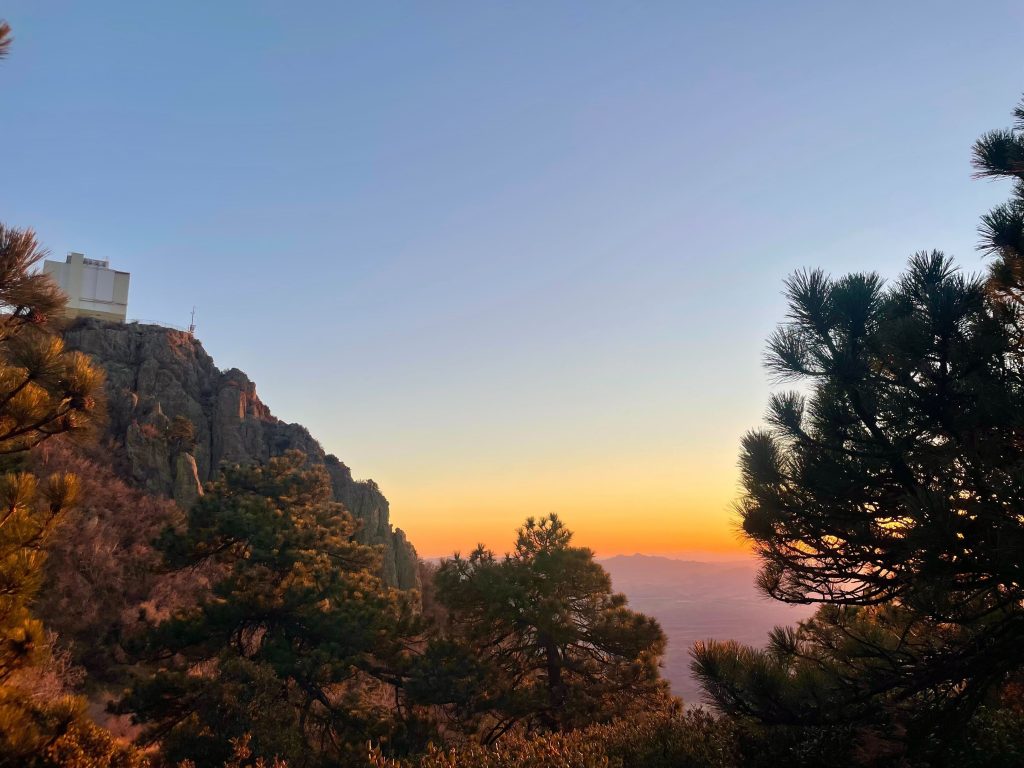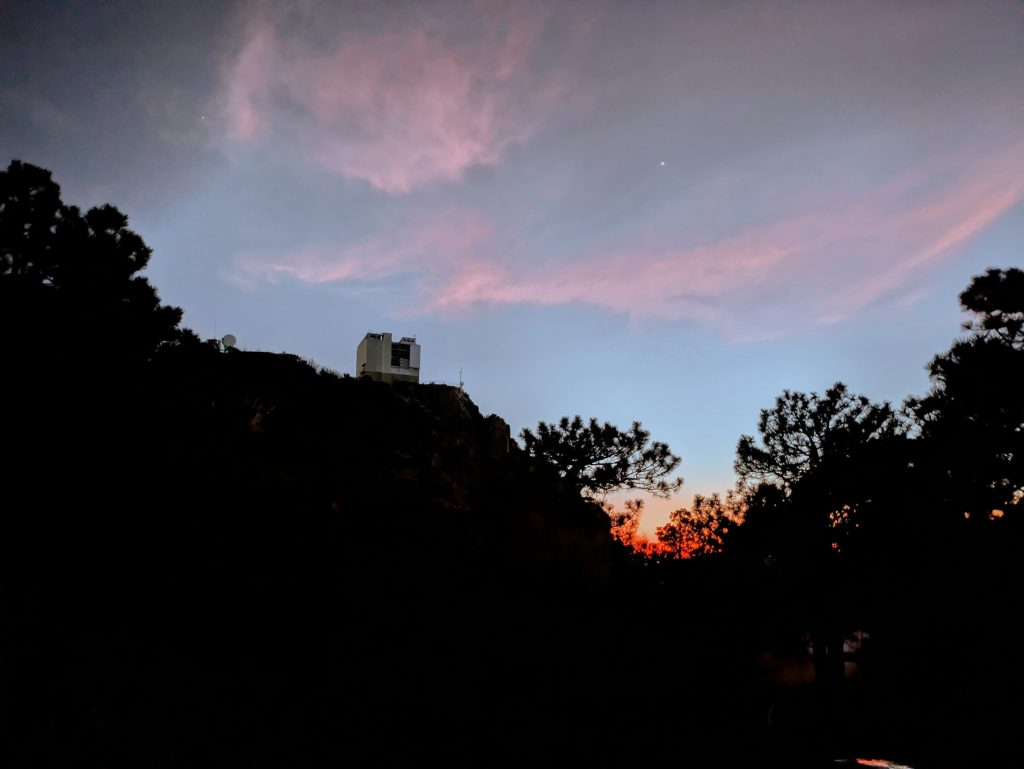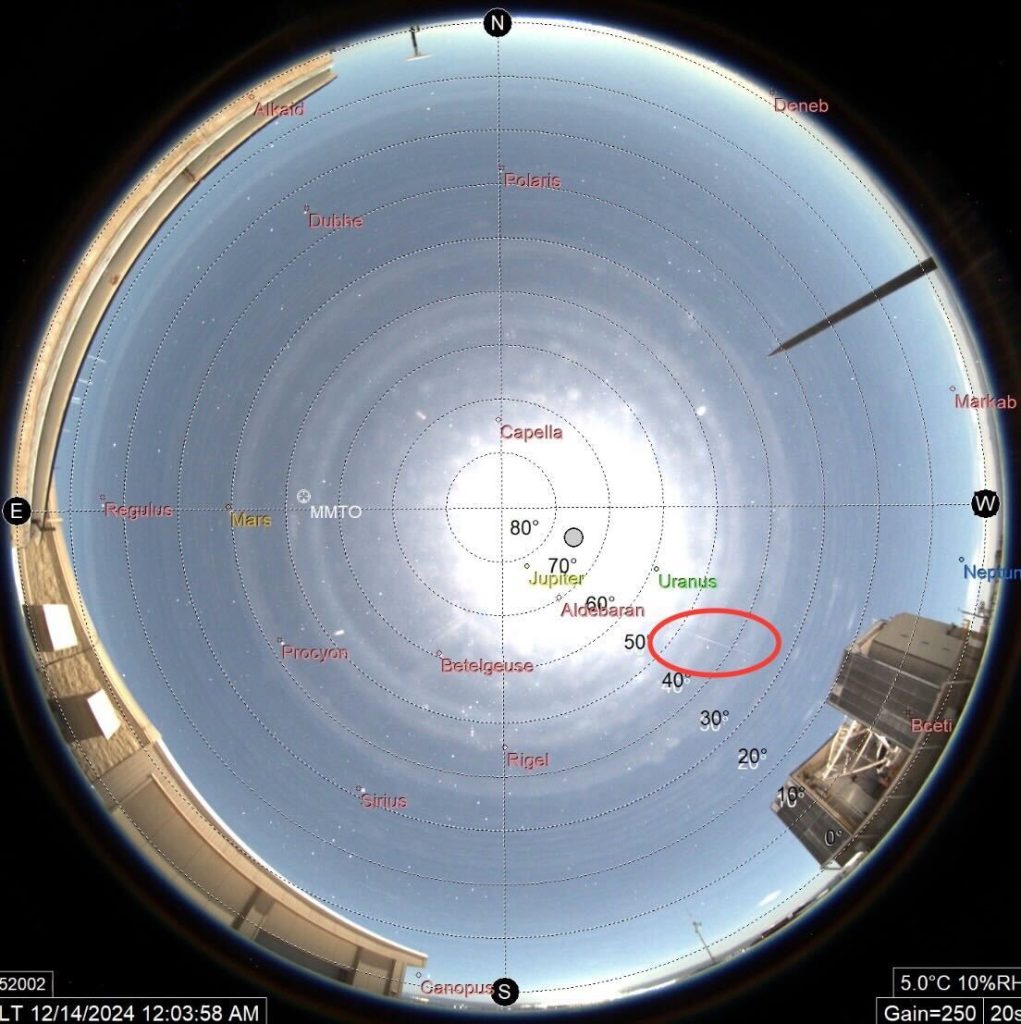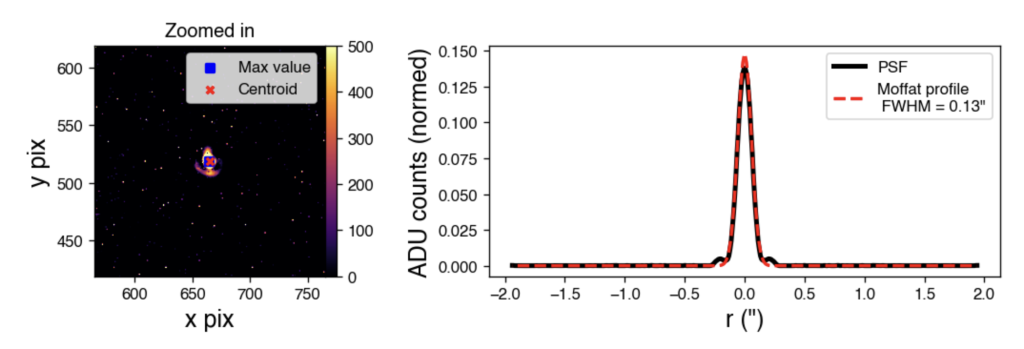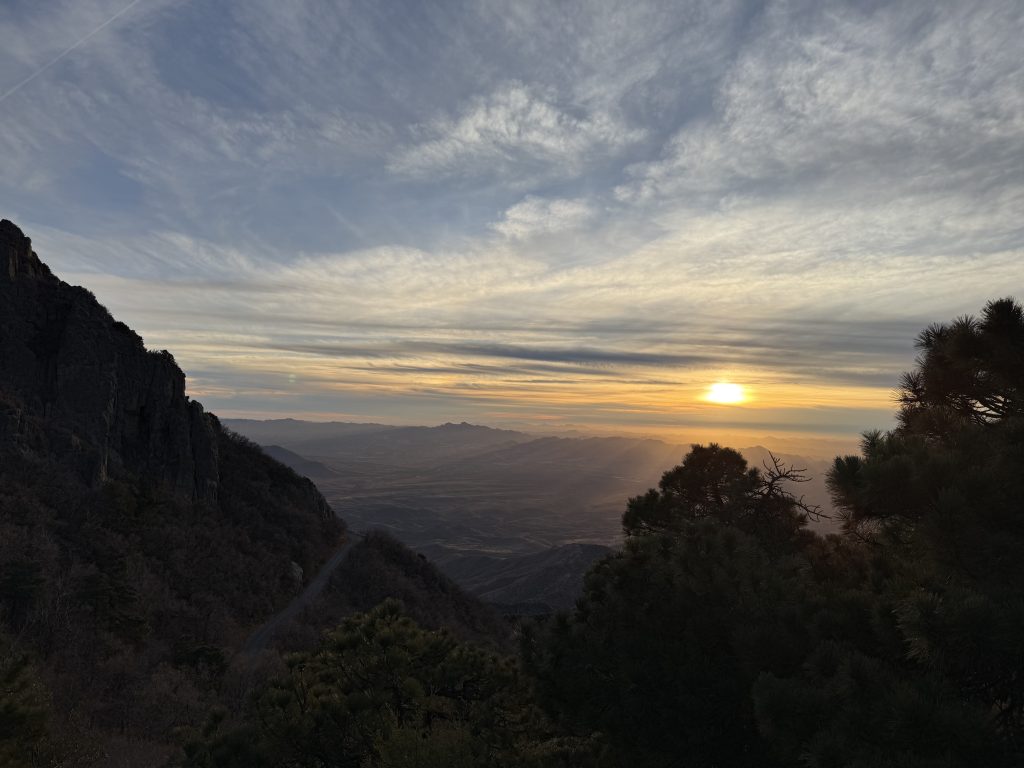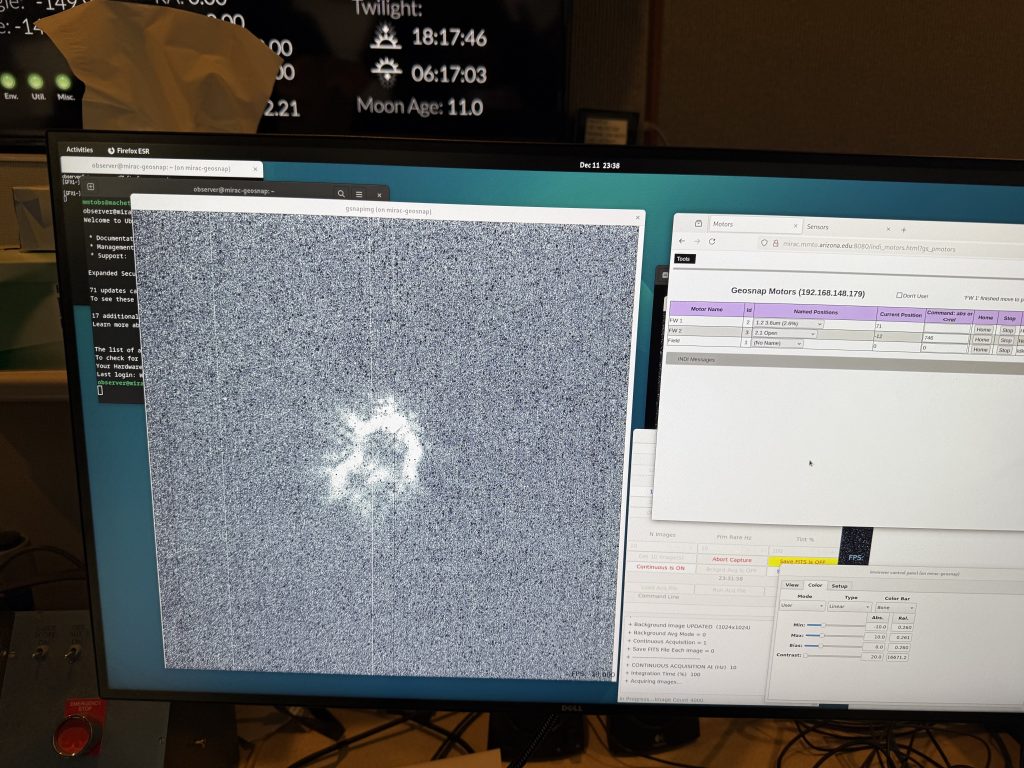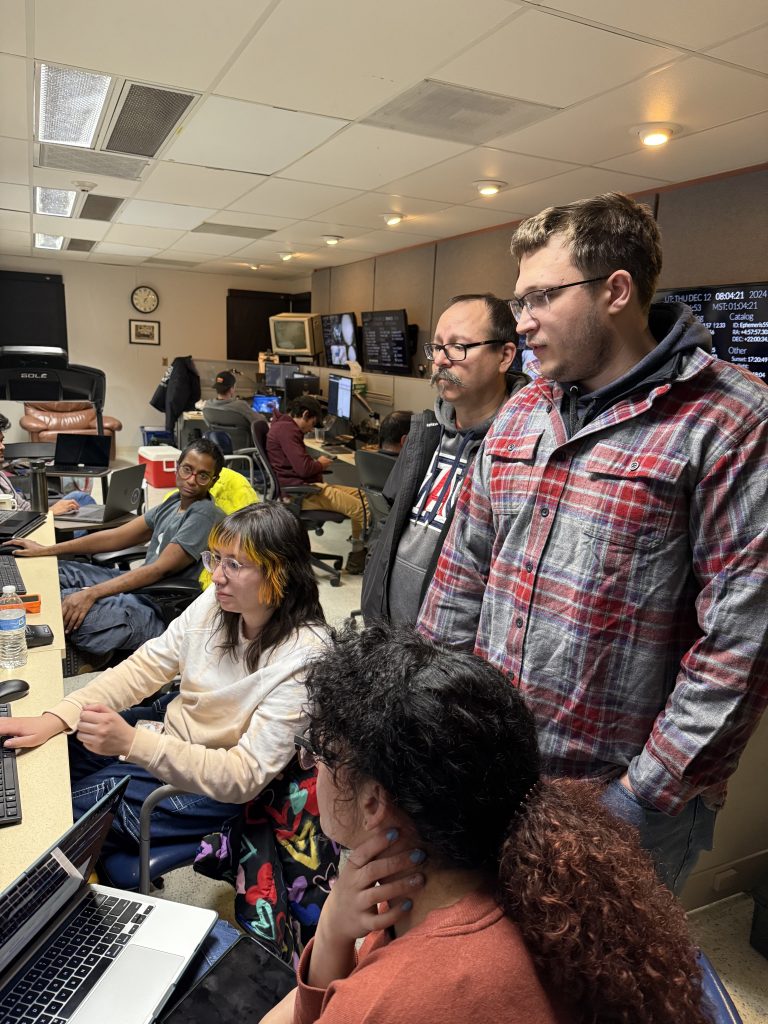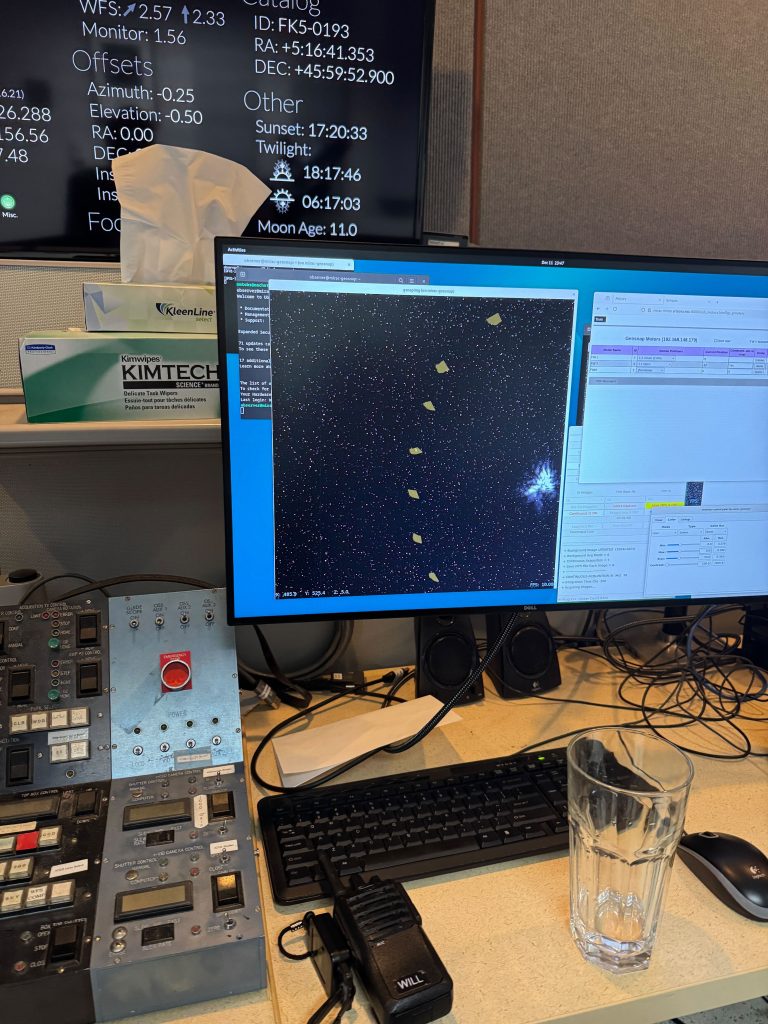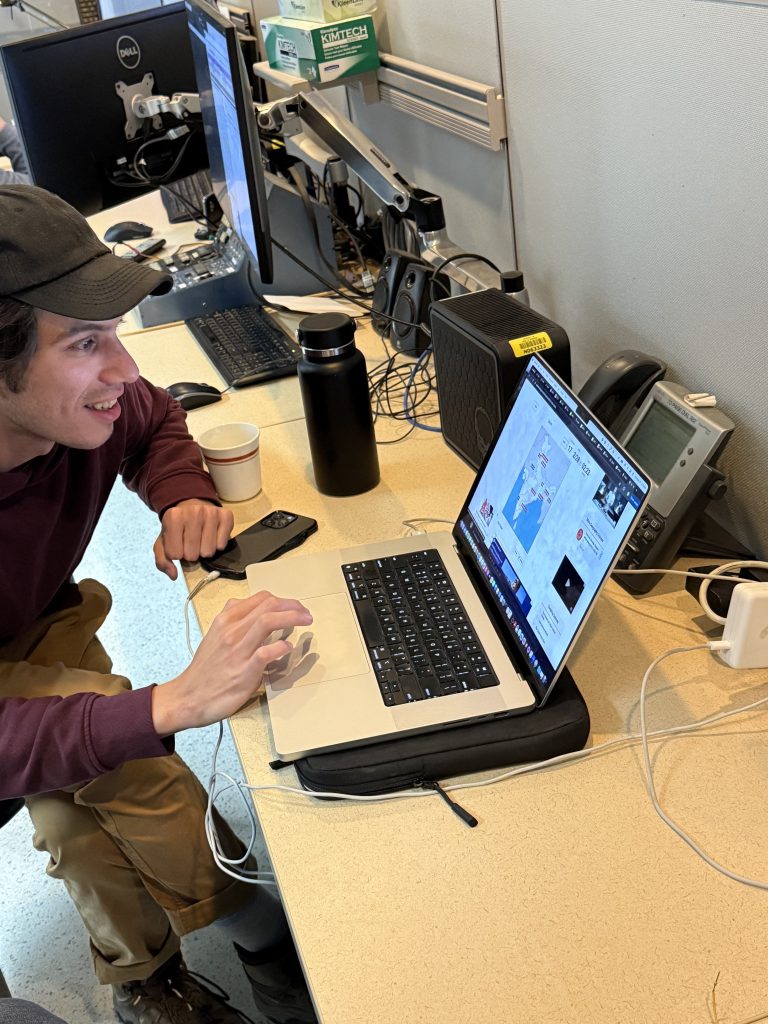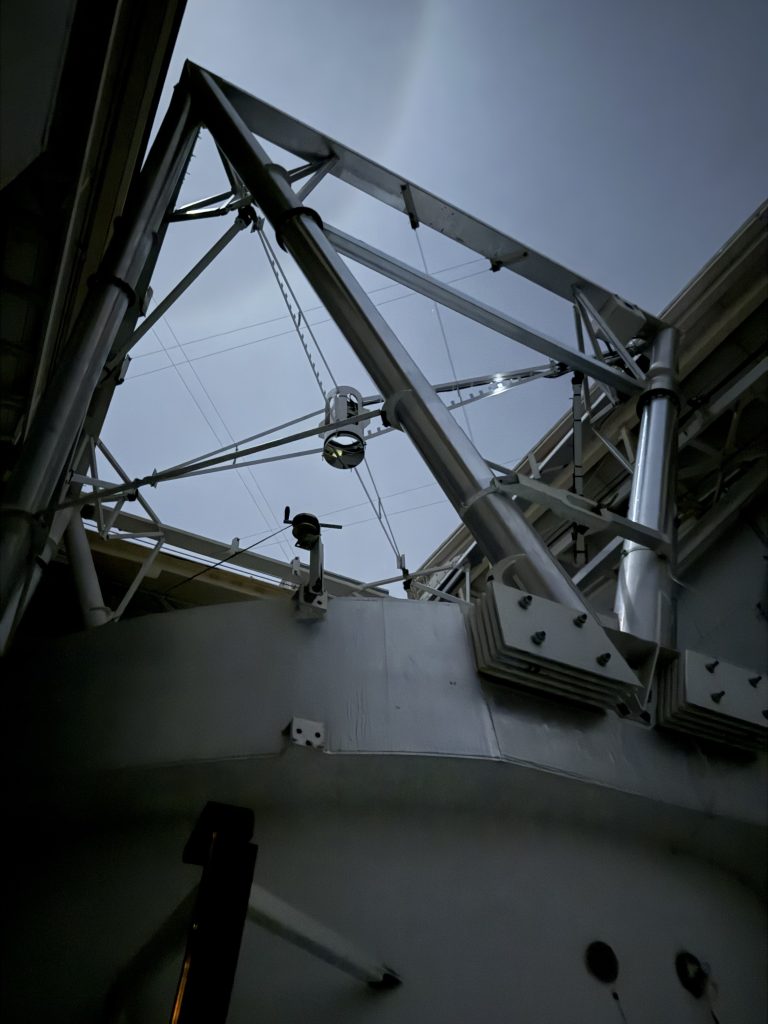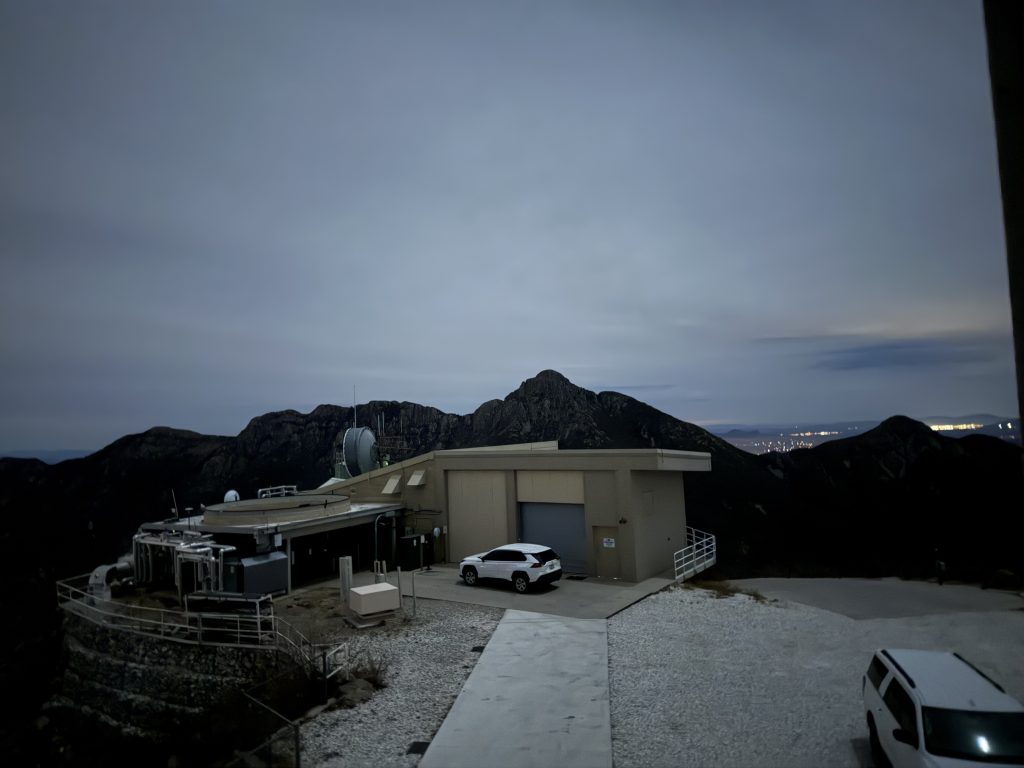Usually you would think, the big W problem for an observing run would be Wind. And usually you would correct… but not this time. When we went to sleep today morning, we were prepared for facing clouds at night but not Water shortage. There was no water at the bowl…would be a statement a thirsty dog would say (maybe, idk I don’t speak dog yet). But thankfully, after a brief 4 hours, we got water running. So, we started our climb to the summit, in our cars. For Jorge, however, it was indeed a climb because he chose to walk to the summit.
When someone mentioned yesterday that we might want to increase the AO modes to 100 for this run, I personally thought it would take some time (to dot every t’s and cross every i’s). But Amali had it working in ~20 mins! So, just for fun, Jorge and I started looking at bright exoplanet hosts. The plan was to observe a planet hosting faint-ish star (Vmag>5). But we stumbled on something better. Not only was it a faint star (Vmag = 8.14), but also the only exoplanet system (WASP-33) to have its high-resolution observations taken with ARIES back in 2016 A.D. But wait, there is more, the planet (WASP-33 b) would soon be in an orbital phase where it would “emit” radiation before going behind WASP-33. So, we thought we would try to hit two stones with one bird — close the loop with 100 modes on a faint target, and capture WASP-33 b’s planetary emission.
The first task was a success! We were able to close loop with 100 modes on the faintest target so far! But regarding the second task, MIRAC grew impatient during the course of today’s adventure and began heating up so most of the images we took of WASP-33 were overwhelmed with noise 🙁
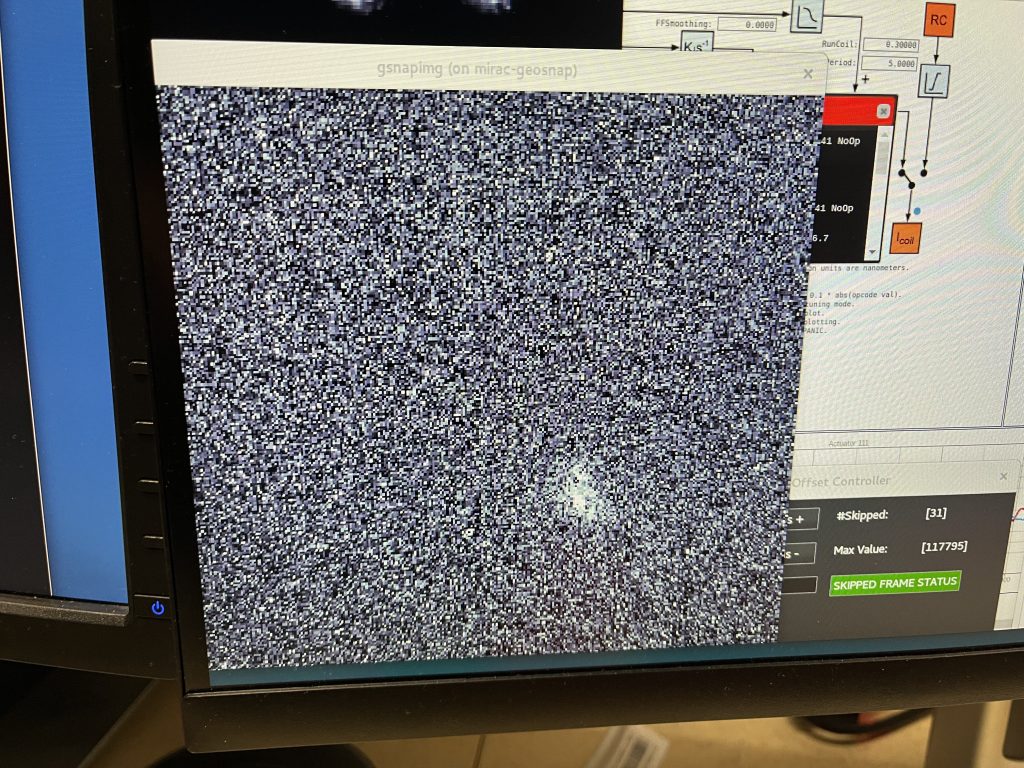
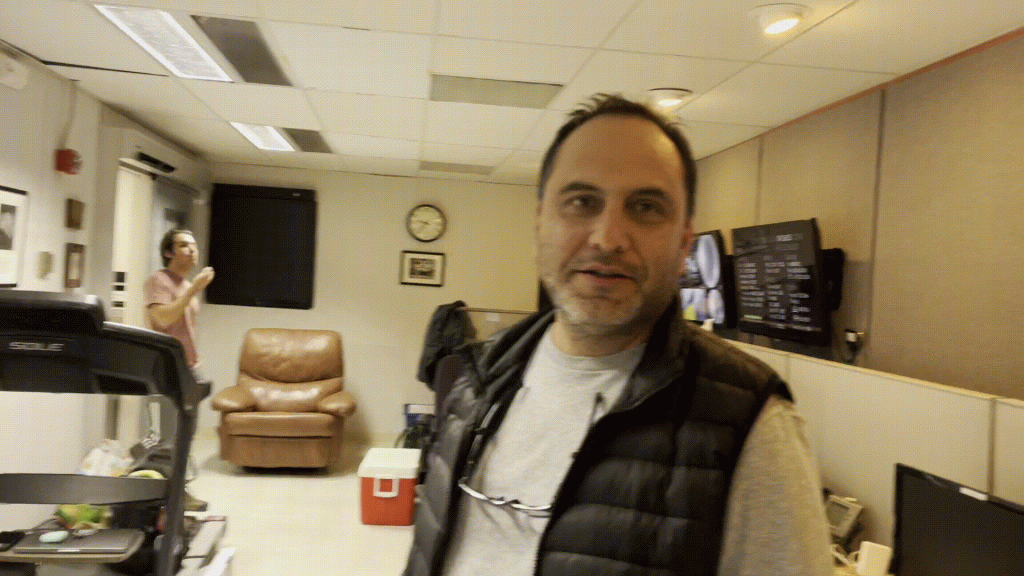
Manny quickly figured out what must be heating up (or not cooling down?) MIRAC — one of the cryo lines was not tight. After this fix, we decided to let MIRAC cool down for a while before we restart taking data. By that time, WASP-33 b had already been eclipsed behind the star so we switched to a slightly fainter target for the rest of the run. The rest of the night was just about maintaining the loop, observing the star at multiple altitudes in multiple bands. This night had all things W-centered — Water, WASP-33, Wemperature of the detector.
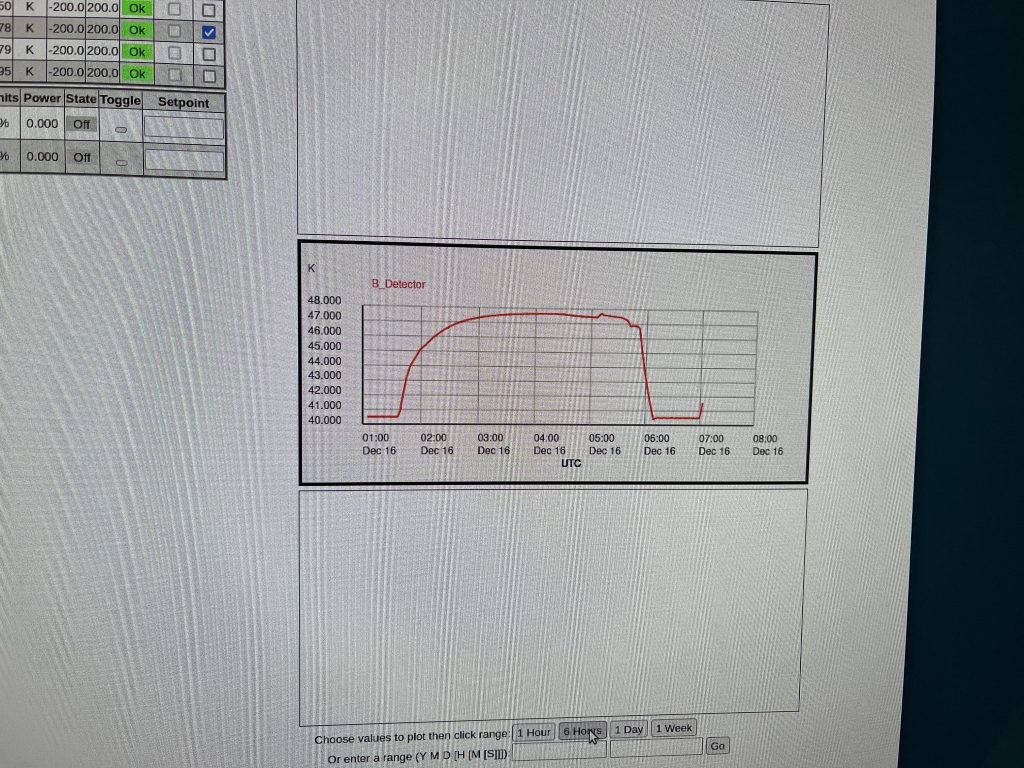
P.S. Shoutout to Jorge for helping me out with the text, both our brains were at 50% capacity by the end of the night so we needed to team up.
Song of the Day

